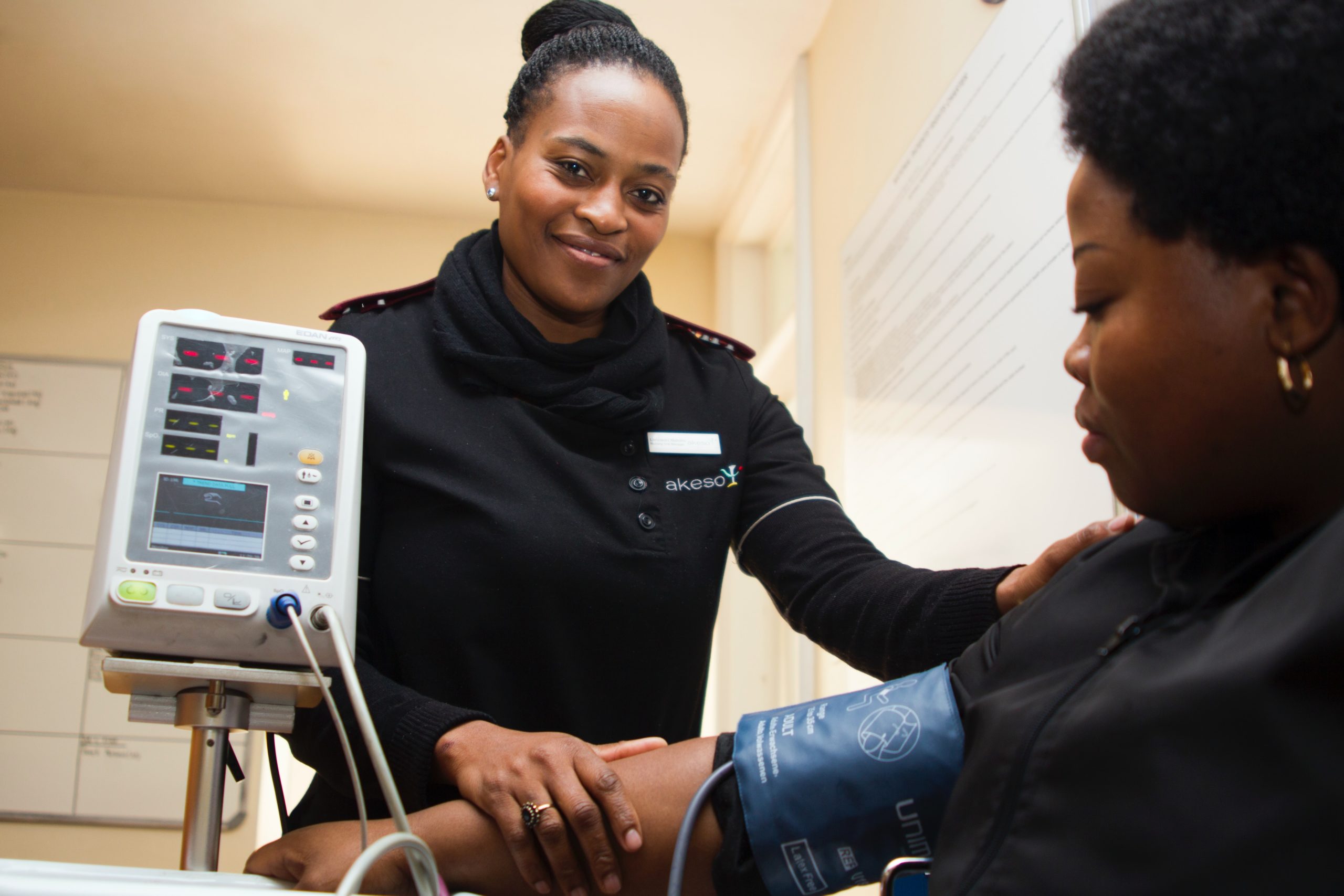Insights
Healthcare Communications to People of Color.

In 2020, it is no secret that racial bias and ensuing health disparities exist. COVID-19 has made disparities in health and quality of health care abundantly clear: communities of color are being hit disproportionately hard by the virus. Communities of color have less access to quality medical care and have been conditioned to distrust the healthcare system that could save their lives. We, as communicators, need to learn how to bridge the divide that has grown between these communities and the American healthcare system. Through openness, transparency, and audience engagement and education, we can restore trust to health communications, especially among communities of color, and help health organizations increase their impact and improve their outcomes.
Understand existing communication barriers
The barriers to accessing and properly using health care extend well beyond the walls of our hospitals: systemic, cultural disadvantages play a major role. Low literacy levels in American adults is linked to more than $230 billion in avoidable healthcare costs—a figure with staggering financial and health effects for low-income communities of color. When patients are unable to understand information that healthcare practitioners may consider simple, the practitioners and the patients may be speaking past each other. Understanding and accounting for this disconnect is imperative so patients can make informed decisions about their own health and also understand the importance of preventative care.
In addition to differing levels of health literacy, there are sometimes cultural and linguistic differences between Standard American English-speaking communicators and Hispanic, Asian, and African American community members, even when their primary language is English as well. Cultivating and demonstrating a basic understanding of these differences will build trust between you and the community you’re engaging with.
Talk openly about racial bias and its history in healthcare
These days, many agree that how the American government and healthcare system have treated minorities is unconscionable. Programs like the Tuskegee experiments throughout the 20th century, the forced sterilization of Native American women in the 60s and 70s, and other government-funded healthcare initiatives have created a significant distrust of healthcare within minority communities.
This era of medical history is over, but many still remember its impact. How do we get those communities to engage with a health care system that they don’t fully trust? Community champions are the most effective advocates in these instances. There is no better candidate to advocate for a cause than a member of the community it directly affects. As communicators, our first step should be to identify and train (if necessary) ambassadors to discuss the importance of healthcare and the eradication of health inequity within communities of color.
Be ready to field questions
When discussing health equity, there are a number of nuances that the general public may not understand. Providing a forum for your audience to ask questions and seek clarification is crucial.
There are a number of ways to provide these opportunities. Utilize your company or organization’s social media profiles to do live Q&A events, hold virtual town halls, or host webinars. Most importantly, allow your audience to interact with you. The questions they ask may be tough, but they deserve to be answered. The end result will be more than worthwhile.